Last updated on March 30, 2024
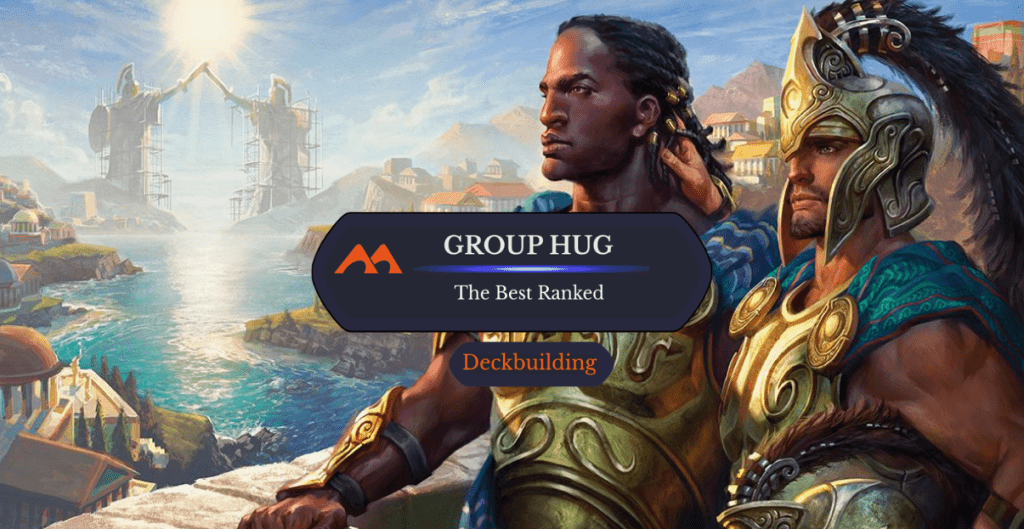
Kynaios and Tiro of Meletis | Illustration by Willian Murai
Magic is a challenging game. You constantly need to guess what your opponent's about to do, keep track of your deck, make the right play decisions… after all, you’re playing to win. This requires some finesse and politics, especially in multiplayer formats like Commander. You need to build alliances, attack at the right moment, and scheme a little bit. You’re all enemies until the game ends….
Unless you choose the power of friendship.
That’s right, you can actually win a Commander game through the power of friendship. We call this “group hug,” which is a rather hilarious way to play the game. Most group hug decks don’t actually have a clear win condition on their own. They’re built for something else: to support other players.
You can use this power for many things, like extending the game as long as possible by supporting whoever is getting hurt the most or scheming behind the curtains and controlling the board for a sneaky wincon. Of course, you can also make sure nobody wins the game.
That’s enough exposition, though. Let’s get into group hug in EDH. What is it, the history, the best cards, and more!
What Is a Group Hug Card in EDH?
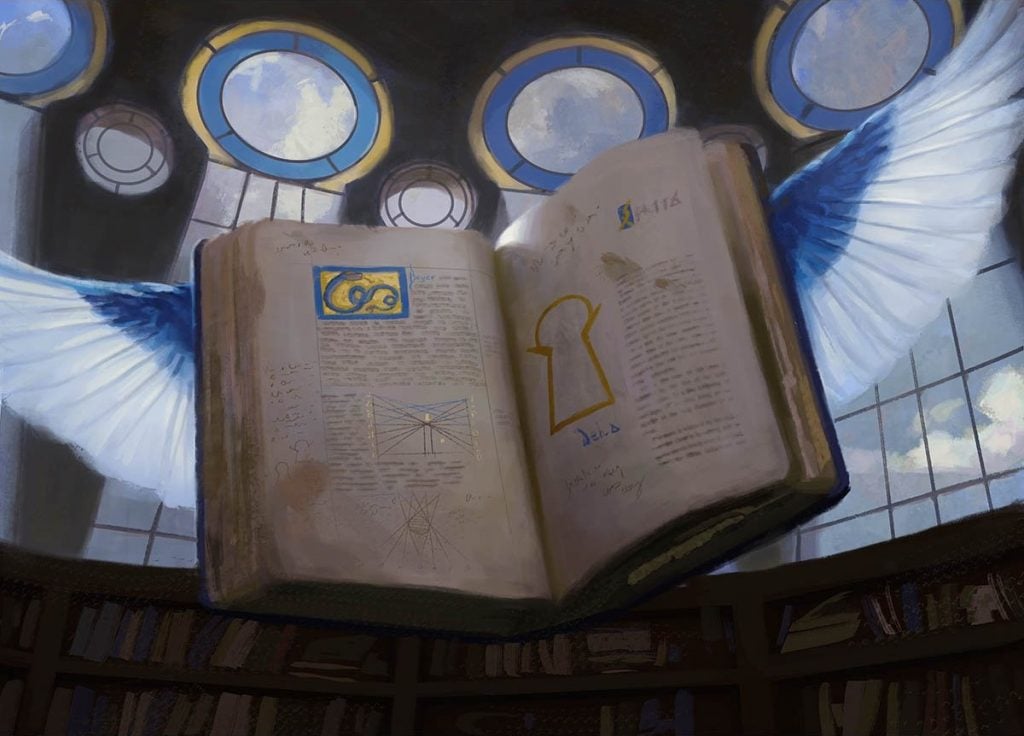
Folio of Fancies | Illustration by Colin Boyer
A group hug card is basically one that benefits all players. You wouldn’t use them in 1v1 games since it wouldn’t be very beneficial, but they can be very useful in EDH. Take Kynaios and Tiro of Meletis as an example.
Kynaios ensures that every player gets to draw or put a land card on the battlefield while you get to do both. You’re getting the most benefit, naturally, but your opponents don’t really have a reason to spend resources to remove it from the battlefield since they’re also getting something out of it.
What’s the Point of Playing a Group Hug Deck?
Group hug decks can be used to various ends. Some people just want to play longer games, and a group hug deck is one of the best ways to keep the board (or other players) under your control. Since you can jump in anytime a player gets too far behind and even the odds, the game will last longer. This also brings a lot of politics to the table and there are a lot of players who turn these sessions into a grand strategy game.
Another reason might be that group hug players want to see how much their opponents can throw against them. Any game with a group hug deck eventually ramps up so much that mana isn’t a problem anymore, everyone has their artifacts and enchantments on the board, and each turn can lead to some epic plays.
Finally, it may be that the player with a group hug deck is plotting a clear, treacherous win. Most group hug decks don’t have a definite win condition, but buffing everyone also means that they run out of cards pretty quickly. Who says you can’t swoop down and win the game after luring everyone out with a well-timed Hypergenesis?
Why Do Some People Hate Group Hugs?
As you might expect, not everyone likes facing group hug players. Games with a group hug player tend to turn into a powerplay. When there’s a player constantly buffing everyone, the game’s mid-stage is skipped pretty quickly and everyone brings out their big guns. This hurts faster decks the most since their opponents gain access to board wipes and strong defenses way sooner.
This brings us to the main problem: Stronger, mid- to end-game decks usually benefit the most from group hug. Mana-hungry decks with end-game combos need to stay on the defensive and fend off early attacks to win. But group hug cards like Collective Voyage or Mana Flare solve the mana problem for them and sometimes end up in deliberate or accidental “kingmaking.”
After all, the idea that one player can choose the fate of the game can definitely be annoying.
How Does a Group Hug Deck Actually Win?
Well, most group hug decks have trouble winning because they focus more on sowing chaos on the board. They may run several wincons, but the first one is very simple: save a couple of 2- or 3-card combos or some hard-hitting creatures that can be summoned at critical moments.
Splinter Twin with a heavy hitter is a solid example, but it’s predictable and easy to handle. Although you’re hugging everyone, they also know that you’re waiting for the right moment to strike. It’s only natural that your opponents keep some tricks up their sleeves. Still, it’s much more consistent than saving up for a grand combo to instantly win the game.
Experienced group hug players play more subtly. You may be trying to be fair and help everyone at the table, but you also need to make sure that some of your cards benefit you and you alone. Sure, Heartbeat of Spring helps everyone and is great for any group hug deck, but adding a Zendikar Resurgent to the mix will make sure you’re getting more. But you need to tread carefully here, because the other players will start seeing you as the real threat if you ramp up too much.
You need to set up your defenses to the point where attacking you isn’t cost-effective. You’re already giving bonuses to your opponents, which is a good deterrent, but they could give up anytime. You never want to be at the mercy of other players, so you should run some protection like Dissipation Field or Ghostly Prison. EDH has a lot of these “pillow fort” cards that should give you the time you need to prepare your combos.
Group Hug vs. Group Slug
We’ve covered group hug in Commander, but there’s also something called “group slug.” As you’ve probably guessed, these decks damage all players at an equal rate instead of supporting everyone.
While games with a group hug player tend to last longer, games with a group slug player are a ticking time bomb. Group slug decks usually come with a damage multiplier card like Furnace of Rath and lots of mass removal because group slug players are almost definitely going to be everyone else’s main target.
Group slug is a fun way to play Magic and quite a challenge if you want to push yourself.
Best Group Hug Commanders
Since we covered all the basics, let’s take a look at the best group hug commanders you can use in EDH.
#6. Phelddagrif
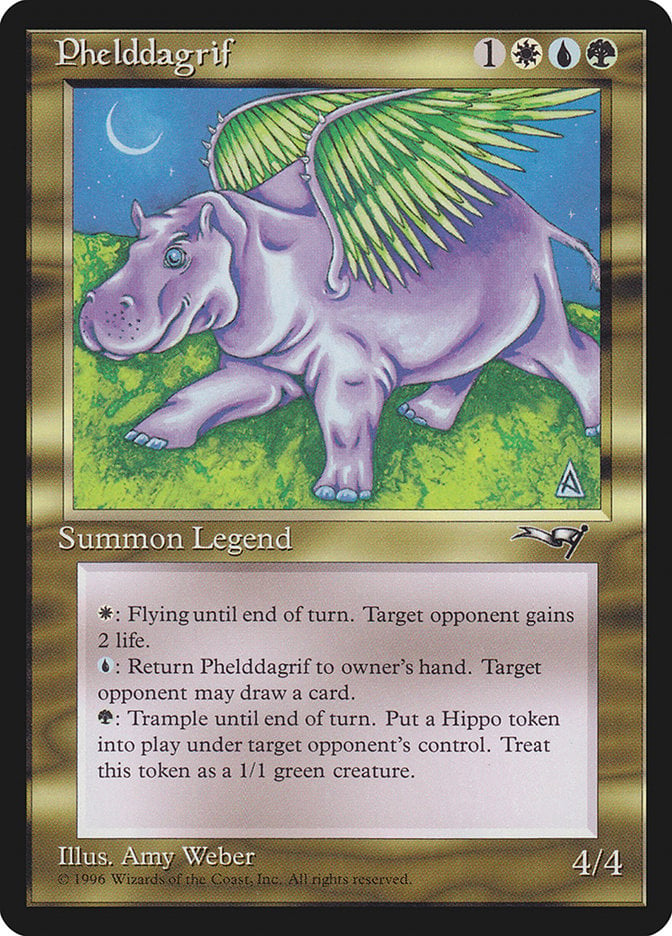
Let’s start with one of the most iconic group hug commanders: Phelddagrif is like a fairy granting everyone at the table wishes.
It’s a 4/4 creature with green, white, and blue colors, so you’ll have access to pretty much anything a group hug deck needs. Although Phelddagrif is a good choice for a commander thanks to its color access, it is somewhat weaker than other commanders in terms of both its hug potential and direct damage.
#5. Braids, Conjurer Adept
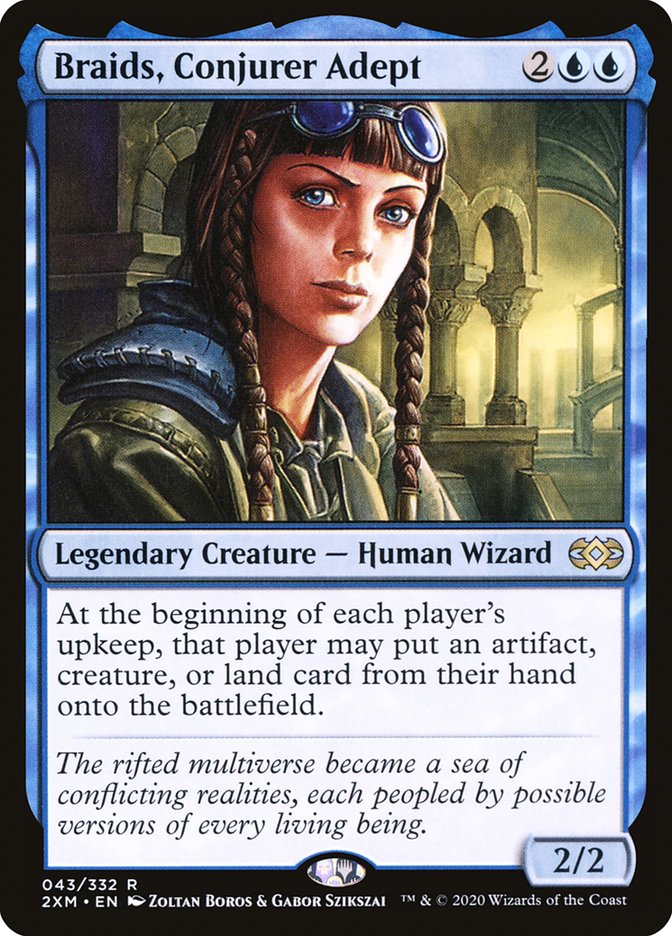
Braids, Conjurer Adept is a commander that ensures a very fast-paced game. It has rather weak stats for a 4-mana commander, but its ability works wonders for everyone. It’s very easy to lose control of the game right after you put Braids on the battlefield, so you should get yourself ready first. It’s not board presence you’re looking for, you should literally have the upper hand here.
Decks running Braids as a commander usually focus on drawing lots of cards and having no maximum hand size. You can use it with Folio of Fancies but I prefer something like Reliquary Tower or Thought Vessel to keep your card advantage.
#4. Rocco, Street Chef
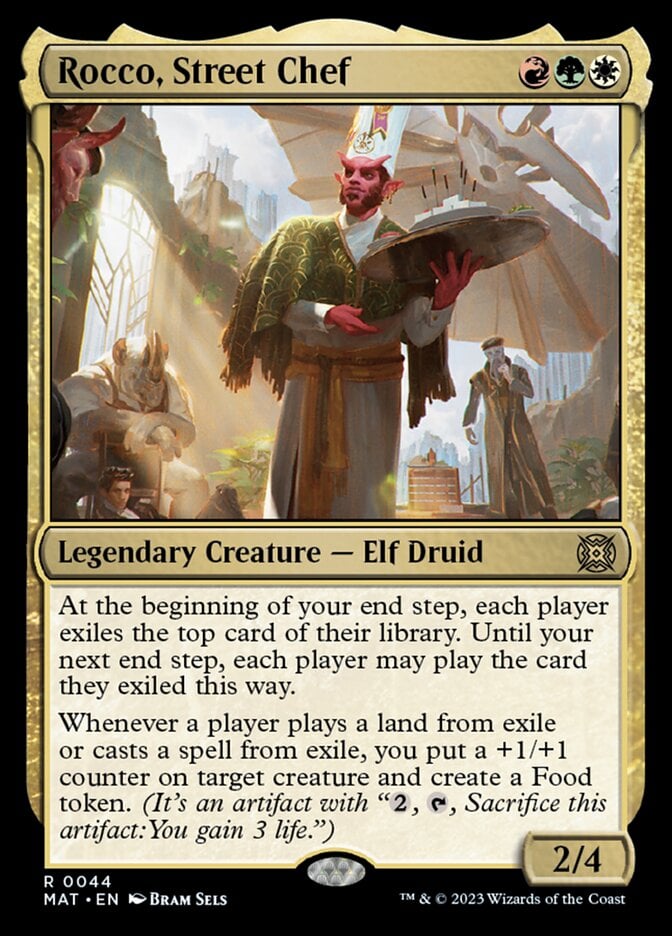
Let’s get cooking! Rocco, Street Chef allows all players to exile a card from the top of their deck and play it for one turn rotation. Now, you benefit the most because Rocco gets counters for every spell or land played from exile. Even with this bonus for you, players may not want to remove Rocco, Street Chef because of all the extra cards they're being exposed to in a game. This Commander will pair well with adventures and other ways to play cards from exile.
#3. Karona, False God
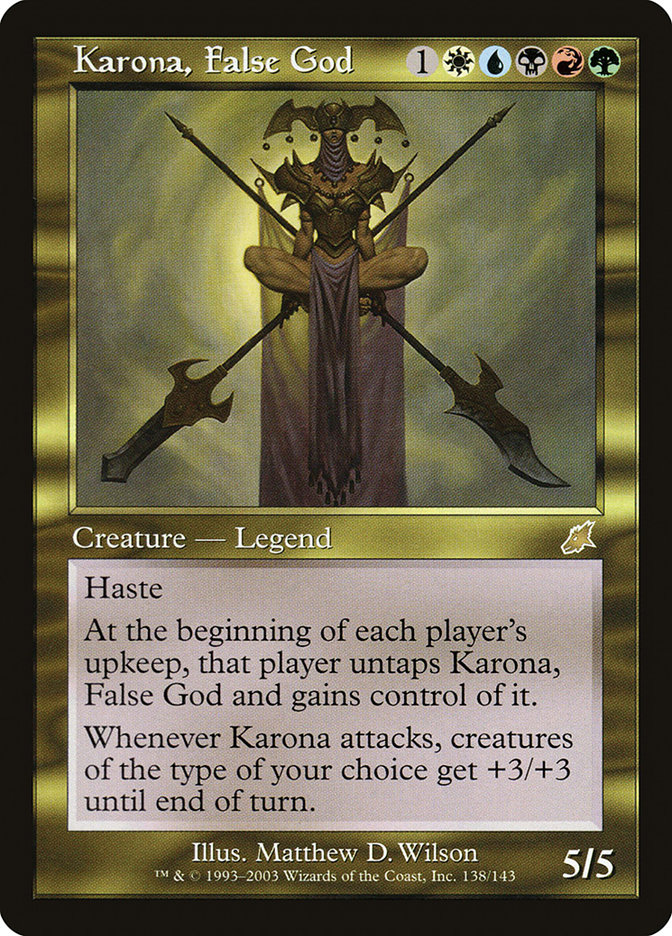
Here is a commander that’s almost intentionally built for jank decks. Karona, False God switches alliances on a whim, letting each player take control each passing turn. It’s already a strong card as a creature, but its attack trigger is devastating in typal decks.
Karona is a very high-profile card, though, and may not be considered lovely by everyone. It’s also a double-edged sword, but drop an Uncontrollable Anger and Armadillo Cloak on it with lots of counterspells to protect it from sacrifice and targeted removal to make sure your friends never play with you again.
#2. Kynaios and Tiro of Meletis
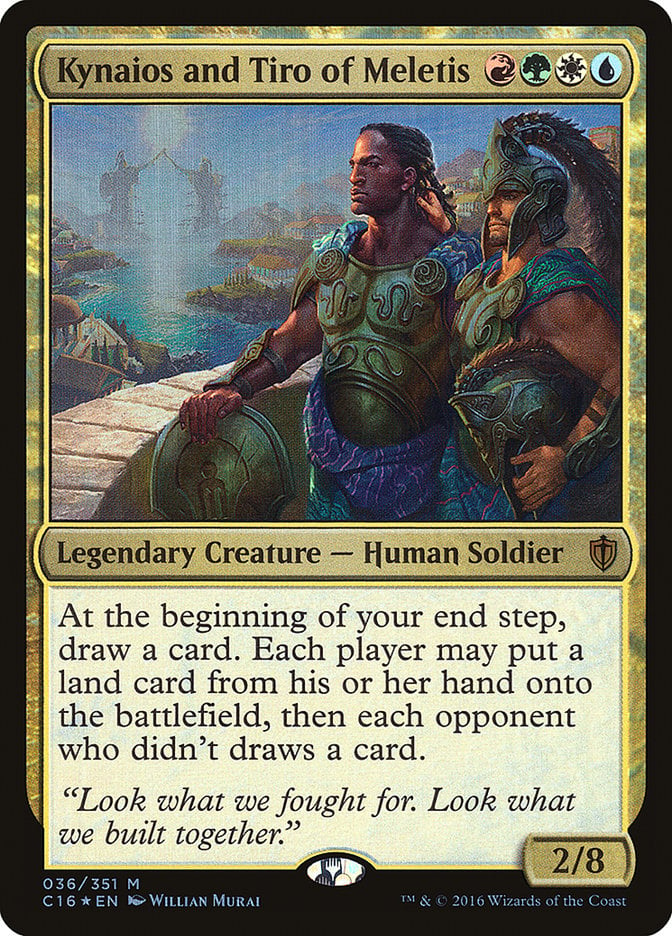
Kynaios and Tiro of Meletis is probably the most commonly used commander for group hug decks. The reason is simple: Everyone gets to draw or ramp, but you get to do both. As I mentioned earlier, it’s very important in group hug decks to benefit a little more than the other players so you have a chance to actually win.
You’ve got access to all colors except for black, so you can have several wincons ready to go. Since it’s very easy to ramp with Kynaios and Tiro, I’d suggest running pillow forts like Propaganda and Ghostly Prison and then going for a clean finish.
Insurrection is a solid way to finish everyone off if there are lots of creatures on the battlefield. Otherwise you can use Tempt with Vengeance with Cyclonic Rift to create a massive army if you ramped too high. Bonus if you can buff them a little more.
#1. Kenrith, the Returned King
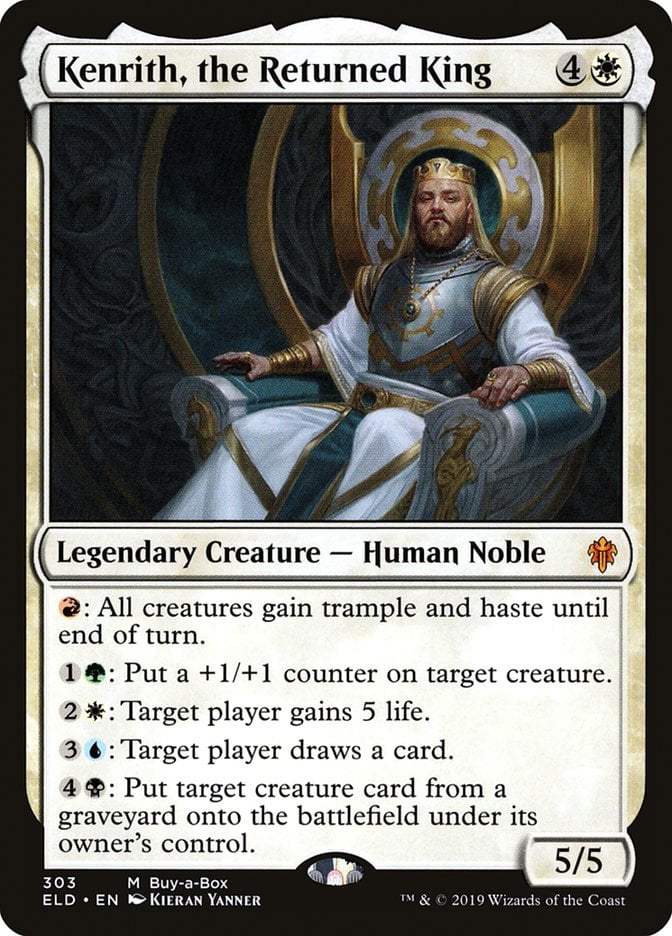
Kenrith, the Returned King is definitely a great commander, be it for group hug decks or not. It’s a 5/5 white creature for 5 mana with five different abilities which is kind of cool. But since Kenrith is a king, the real power comes from how you choose to use this power.
You can use it for yourself to get out of a pinch, or you might use it to bless the peasants (i.e.: other players). You have access to all five colors and five abilities, so the sky is really the limit for Kenrith. The only downside is that it really sticks out, so you’ll need to engage in politics to survive.
Best Group Hug Cards
Choosing a commander for group hug decks is somewhat tricky, but you actually have several easy choices when it comes to group hug cards. There are plenty of cards and mechanics out there that support it, like Commander 2011's join forces.
It’s almost as if WotC wanted us to play Magic as a game of politics. Naturally, I won’t be listing every group hug card, but you’ll find the best below.
#13. Faerie Mastermind + Loran of the Third Path
Faerie Mastermind and Loran of the Third Path do not fit the typical mold of static abilities of group hug cards. I think they are important to include, because of the benefits they can give you. Sure other players get to draw a card when you activate their abilities, but you get some enchantment/artifact hate, or the chance to outdraw your opponents. These cards might not be as “friendly” as other group hug cards and therefore may be targeted with removal, but I can also see some players being okay with the extra draws you're giving them.
#12. Kami of the Crescent Moon

One of the best ways to hug other players is to give them free draws. Kami of the Crescent Moon costs a measly 2 blue mana and makes sure everyone has enough cards as long as it's on the battlefield.
#11. Folio of Fancies

Kami provides everyone with additional cards, but it’s useless if you can't use them right away. Folio of Fancies removes everybody's maximum hand size. You can even use its first ability to have everyone draw more.
Combined with Kami, it's practically guaranteed that everyone is able to ramp and build their board presence instantly. Plus, Folio’s second ability also works as a deterrent for players who want to unleash everything in a single turn and works great in group hug decks with mill-based win conditions.
#10. Scheming Symmetry
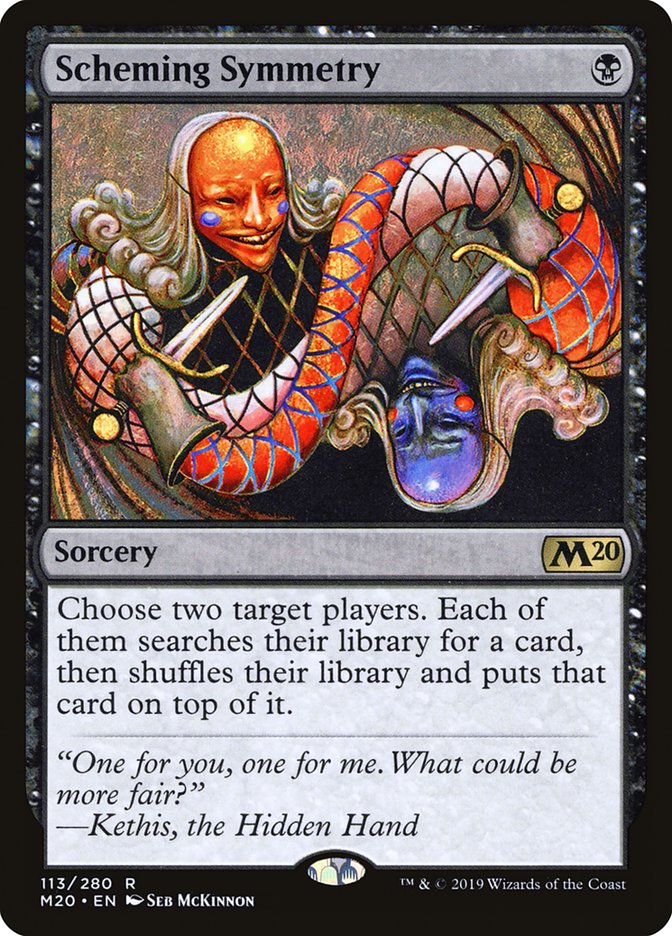
There are too many draw-based group hug cards, so I’ll just list Scheming Symmetry and leave the rest out. Instead of benefiting everyone, this one benefits you and one of your opponents. This works great when you want to rescue one of the players from a tight spot and benefit yourself at the same time. It’s also very powerful when combined with miracle cards.
#9. Círdan the Shipwright
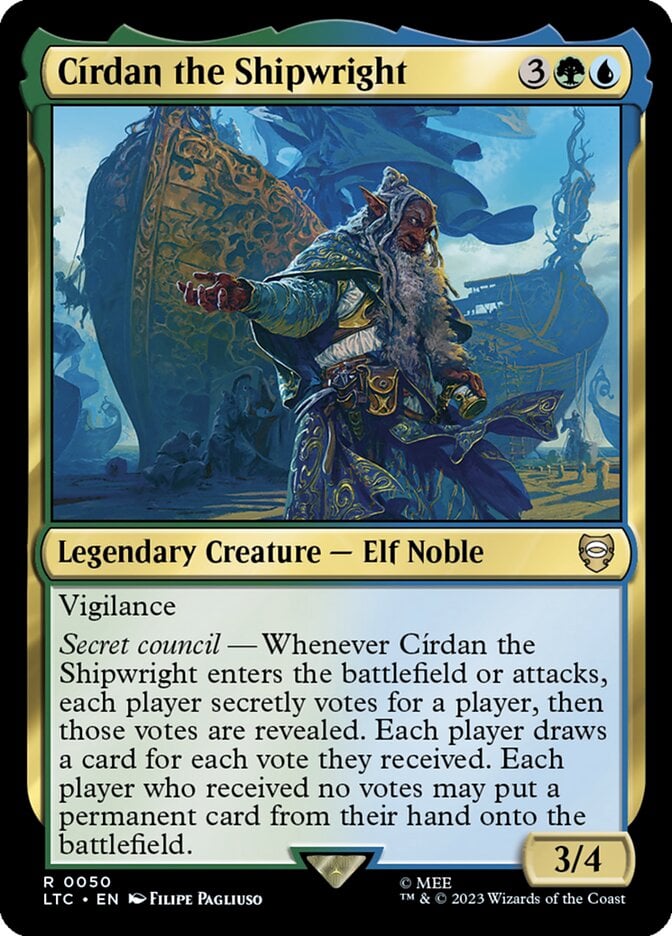
Secret Council is a mechanic introduced in the Tales of Middle-earth Commander set that has players vote between two different outcomes. With Círdan the Shipwright each player will vote for another player. This will lead to players drawing cards based on how many votes they received, or if they get no votes playing a permanent free of charge. This should lead to some interesting decisions on which players in the group everyone wants to draw and which players you may be afraid to give a free permanent to.
#8. The Advocates
Sometimes a player may lose a critical card and end up suffering. As their benefactor, it’s only natural for you to help them get their cards back. Nullmage Advocate, Pulsemage Advocate, and Spurnmage Advocate are great group hug cards since you can control the board much more efficiently and choose which player you want to help.
#7. Hypergenesis
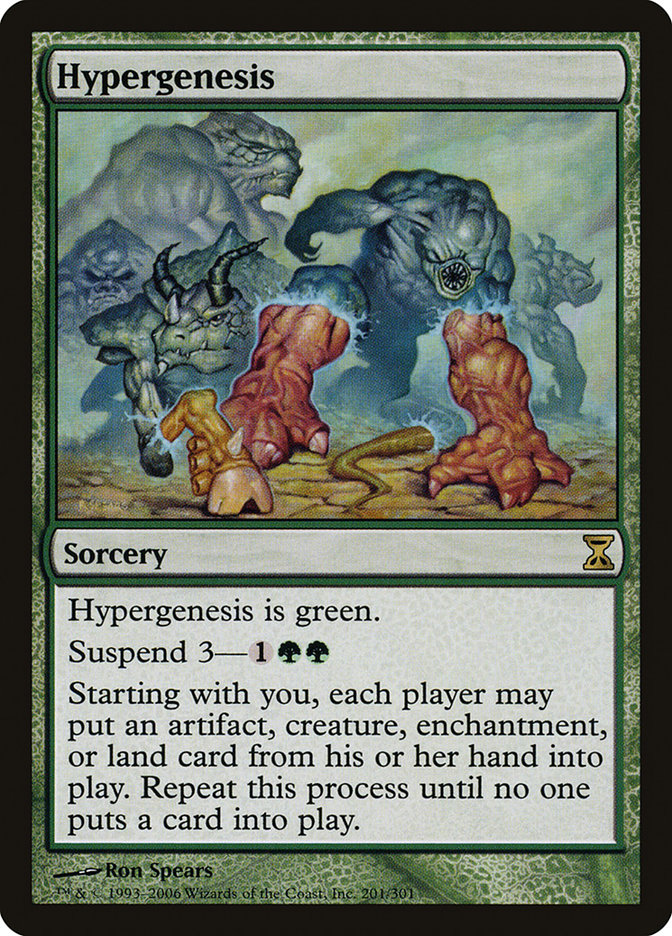
No matter what you do, there might come a time when players can’t ramp properly or use their hand to full potential for some reason. It might even be the case that everyone is eyeing each other and the game loses its momentum.
Hypergenesis jumpstarts the game as everyone can put pretty much any permanent except for planeswalkers into play without any cost. This means that everyone gets access to their end-game spells and chaos is sure to follow.
#6. Academy Loremaster
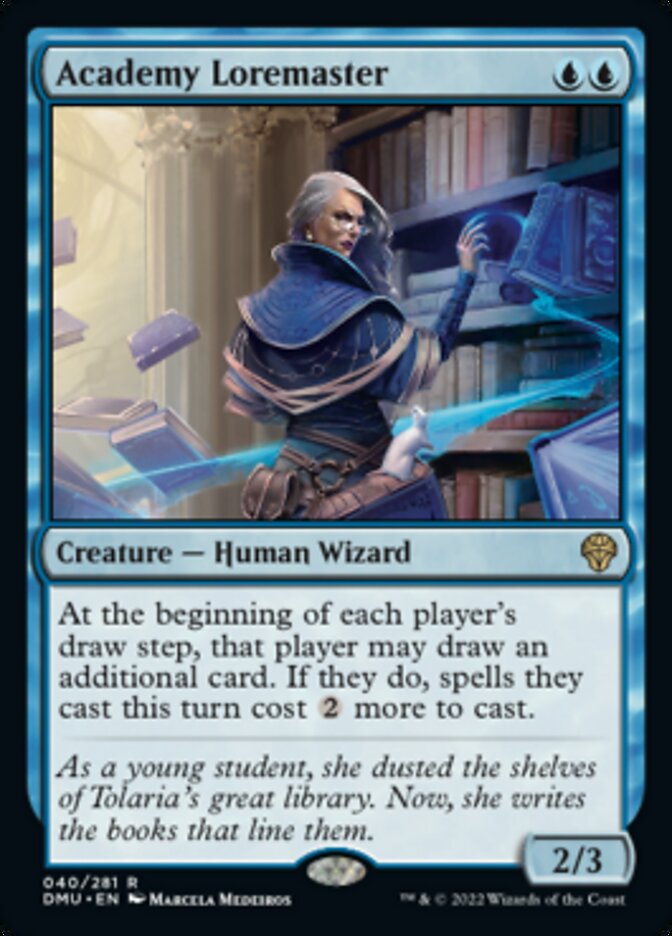
Academy Loremaster is a nice way for everyone to draw cards, especially if they can play at instant speed. You and your opponents will have a chance to draw an extra card each turn but with the downside of an additional cost of 2 mana on any spells played that turn. Many opponents may not want to remove Academy Loremaster if they can gain an advantage with instant-speed spells. So load up on flash and instant spells and play off what your opponents do.
#5. Heartbeat of Spring
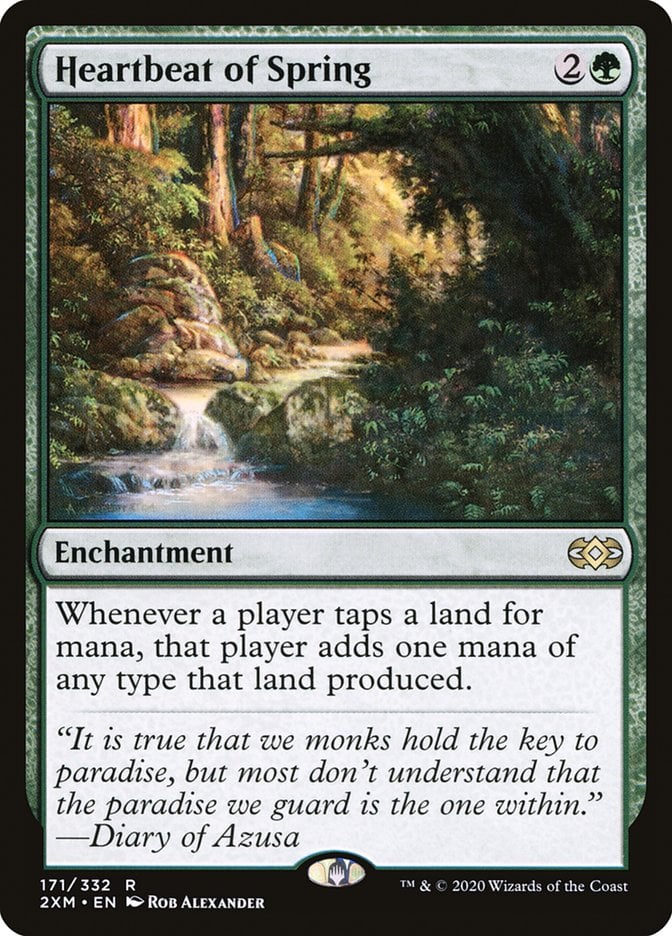
Establishing a solid mana base can be a problem for some players in EDH, so what better way to keep everyone happy than handing out free mana? Heartbeat of Spring costs only 3 mana and adds another mana of any type a land could produce whenever someone taps it for mana. Your opponents, especially the mana-hungry ones, will definitely be on your side once you unleash this enchantment.
#4. Collective Voyage

When it comes to handing out free mana, few cards can compare to Collective Voyage. It’s very simple: Starting with you, everyone pays X mana, and then all players get to put a number of basic land cards equal to the mana spent this way onto the battlefield.
Especially when used around mid-game, the Voyage helps everyone solve their mana problems. The game also ramps up so suddenly that any player who isn’t prepared will face serious problems, so keep that in mind.
There’s also Minds Aglow, which works the same except everyone draws X cards instead of putting lands on the board.
#3. Kwain, Itinerant Meddler
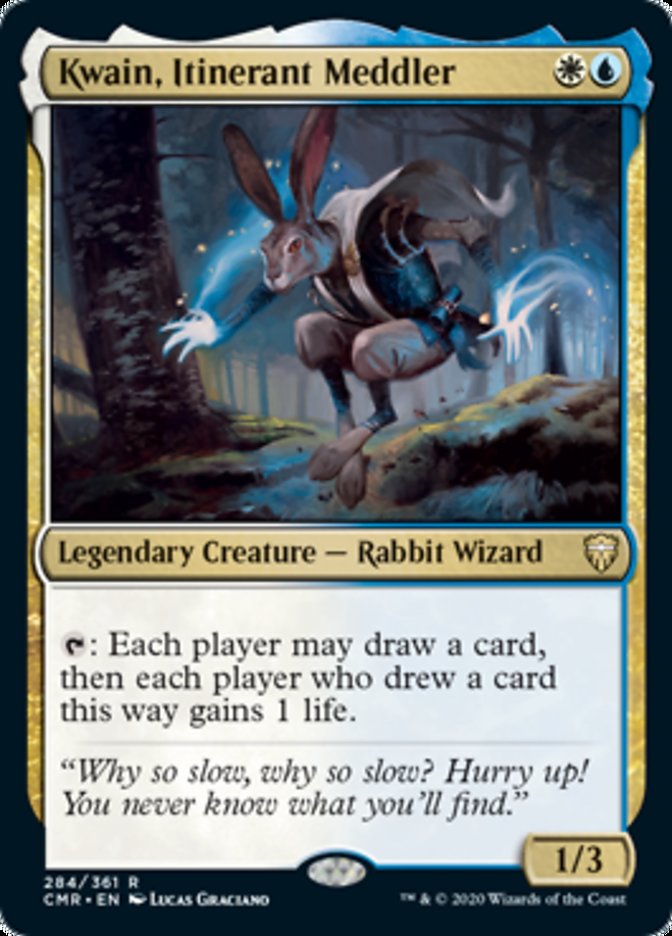
Kwain, Itinerant Meddler hails from Commander Legends. It's in good colors for group hug, white and blue (), and gets the group hug engine rolling early.
#2. Tempt with Discovery
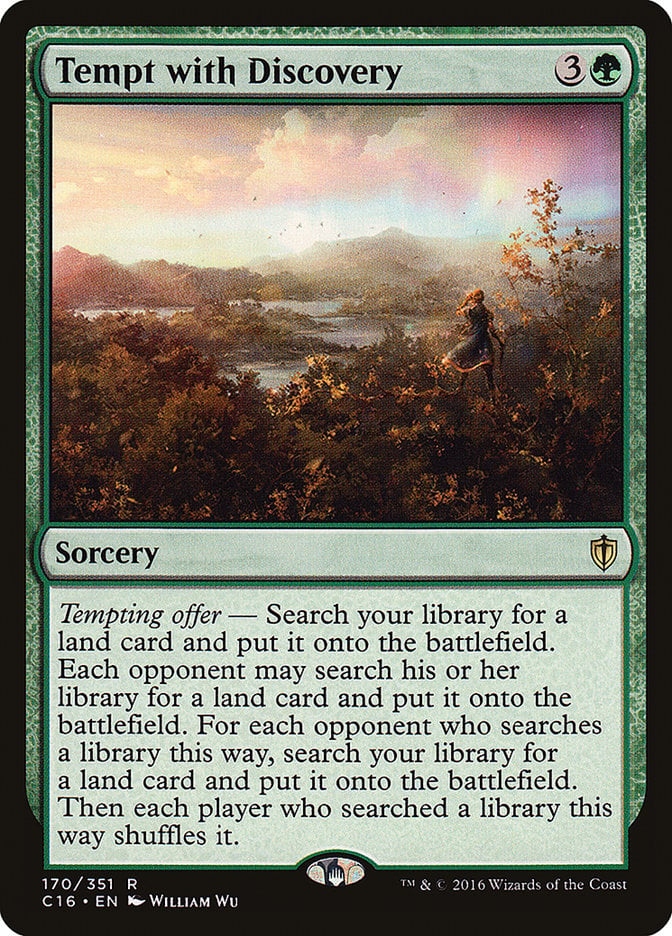
My final choice for giving out lands, Tempt with Discovery, is a kind of group hug card that makes sure you have the advantage. You get to search your library for any land card and put it into play and then repeat for every player who does the same. This might put you on their radars, but you're still giving out free mana, so not many will object.
#1. Plea for Power

I’ll end the list with a somewhat controversial choice. You’ve been helping everyone so far, making sure they have all the lands they want, they get free draws, you even got some of them out of serious trouble. And though you do this with all the kindness in your heart, it's now their turn to show their gratitude.
Plea for Power is a vote-based card that allows your opponents to choose whether you’ll get a free turn and draw three cards. Politics is a key part of the game, so why not make sure other players want the best for you?
Group Hug Payoffs
Group hug Commanders often rely on many colors. Give yourself proper mana support with dual lands, triomes, and lands like Command Tower.
Sometimes it might be a good idea to mix the group hug and group slug ideas. Disrupt your opponents’ strategies with cards like Fatespinner or Plaguecrafter.
If you want to spread the love you do need to remain in the game. Slow down opponents with cards like Ghostly Prison or Promise of Loyalty.
Drawing cards is key to a good group hug strategy. Cantrips like Dream Fracture and Benefactor's Draught will help you navigate dangers and draw cards.
Aside from just being a fun and loving playstyle, you do need to prepare some wincons to fully take advantage of a group hug deck. Approach of the Second Sun or Revel in Riches could be fun wincons. Take a look at this wincon article if you need more ideas.
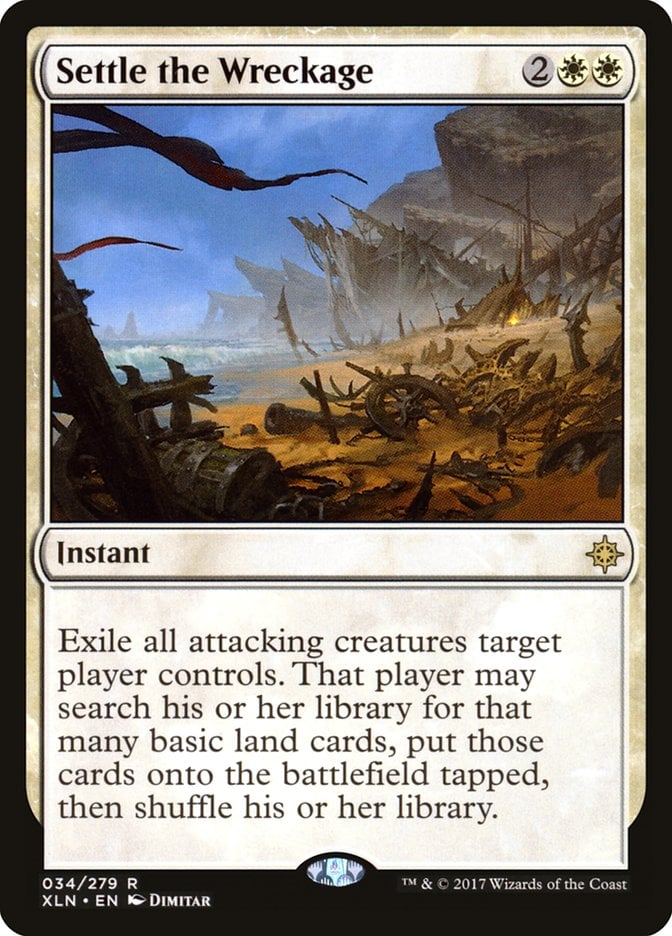
As a parting gift, here’s a card from each card type that'll help your group hug deck thrive. Settle the Wreckage is a removal/ramping instant.
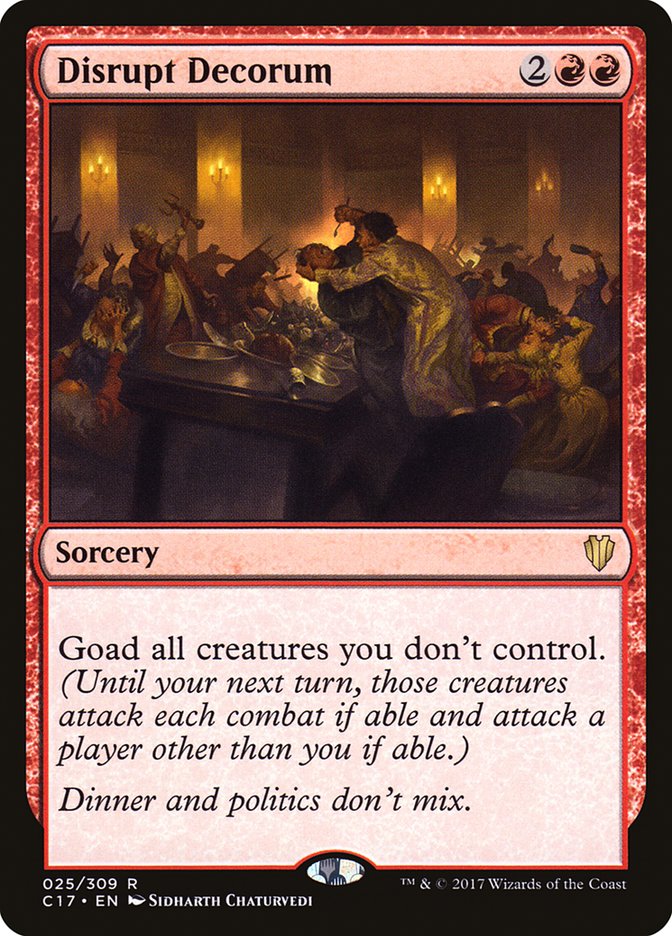
Disrupt Decorum is a sorcery to goad all your opponents to create chaos.
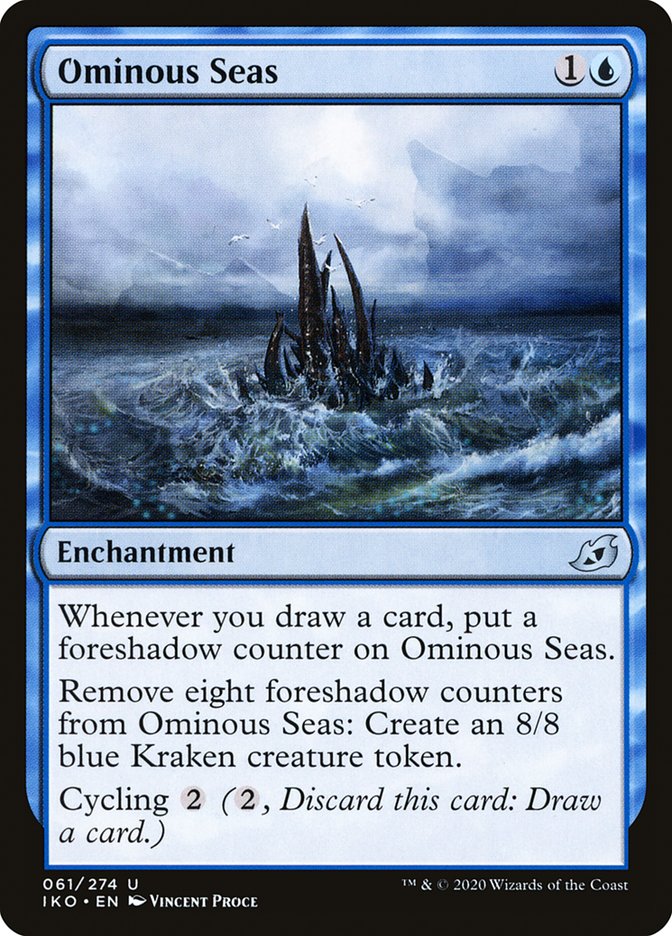
Ominous Seas is an enchantment to build board presence and take advantage of a ton of card draw.
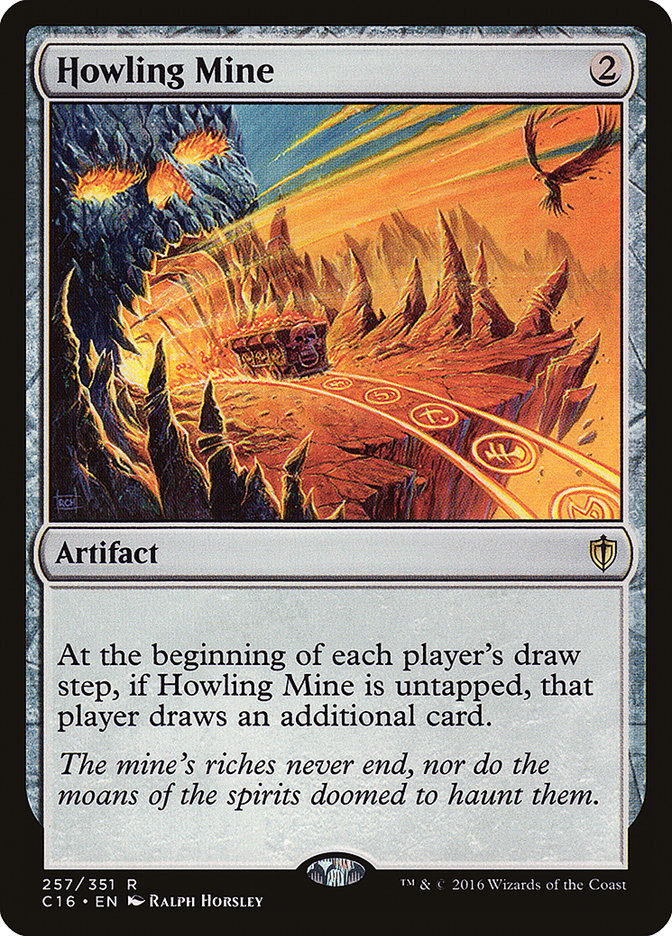
Howling Mine is wonderful card draw for you and your chosen opponents
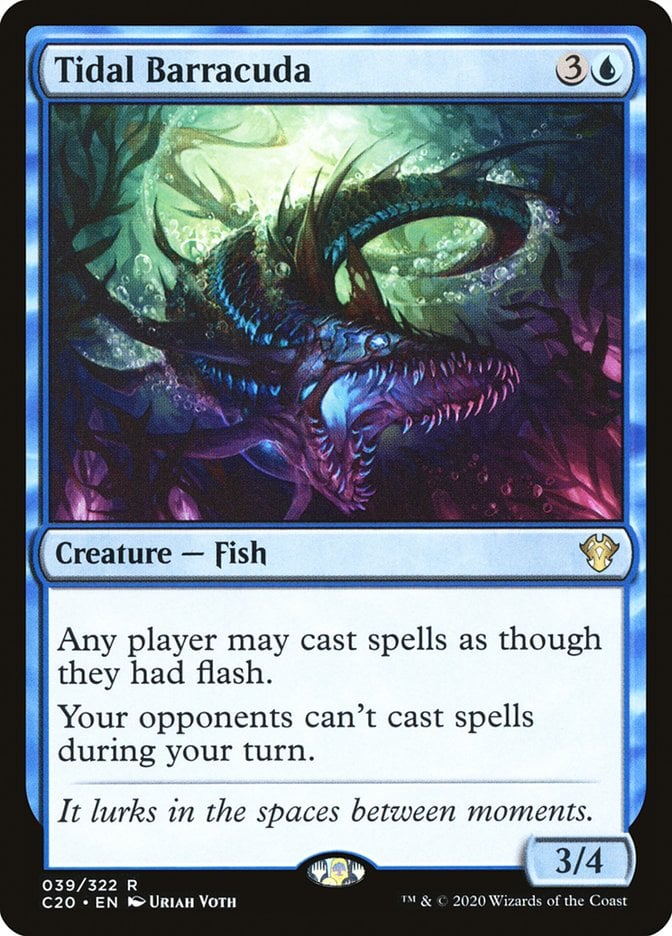
Tidal Barracuda is a good creature to alter opponents’ strategies, and particularly away from you.
A Little Taste: My Group Hug Deck
Since I talked this much about group hug decks, it wouldn’t be fair if I didn’t give an example decklist! Here you go:
Commander (1)
Creatures (22)
Kami of the Crescent Moon
Fatespinner
Consecrated Sphinx
Heartwood Storyteller
Laboratory Maniac
Pramikon, Sky Rampart
Progenitor Mimic
Xyris, the Writhing Storm
Zhur-Taa Ancient
Kwain, Itinerant Meddler
Gor Muldrak, Amphinologist
Gahiji, Honored One
Faeburrow Elder
Tidal Barracuda
Braids, Conjurer Adept
Edric, Spymaster of Trest
Pulsemage Advocate
Spurnmage Advocate
Nullmage Advocate
Wandering Archaic
Realm-Cloaked Giant
Phelddagrif
Instants (9)
Arcane Denial
Beast Within
Benefactor's Draught
Cyclonic Rift
Dream Fracture
Oblation
Reins of Power
Teferi's Protection
Words of Wisdom
Sorceries (13)
Approach of the Second Sun
Council's Judgment
Crackle with Power
Collective Voyage
Disrupt Decorum
Excavation Technique
Insurrection
Minds Aglow
Prosperity
Tempt with Discovery
Tempt with Vengeance
Winds of Abandon
Divine Gambit
Artifacts (9)
Chromatic Lantern
Folio of Fancies
Font of Mythos
Howling Mine
Ghostly Prison
Temple Bell
Tempting Contract
Vedalken Orrery
Venser's Journal
Enchantments (12)
Dictate of Karametra
Dictate of Kruphix
Heartbeat of Spring
Helix Pinnacle
Horn of Greed
Lightmine Field
Ominous Seas
Rhystic Study
Rites of Flourishing
Sphere of Safety
Well of Ideas
Wild Evocation
Lands (35)
Alchemist's Refuge
Arcane Lighthouse
Breeding Pool
Command Tower
Exotic Orchard
Flooded Grove
Forbidden Orchard
Hallowed Fountain
Hinterland Harbor
Mikokoro, Center of the Sea
Mystic Gate
Reflecting Pool
Reliquary Tower
Sacred Foundry
Stomping Ground
Temple Garden
Temple of Abandon
Temple of Enlightenment
Temple of Epiphany
Temple of Mystery
Temple of Plenty
Temple of Triumph
Wooded Bastion
Island x3
Plains x3
Forest x3
Mountain x3
Now, let’s talk about how you can play this deck. Your first goal is to make sure everyone likes you. You have all the essential cards for it. Dictate of Kruphix, Dictate of Karametra, or Kami of the Crescent Moon are enough reason for your opponents to keep you in play.
If they turn against you at any point, Sphere of Safety, Ghostly Prison, and Lightmine Field will give them enough trouble before you draw one of them to your side. You don’t have too much removal, so you need to make sure your opponents weaken each other before you swoop in.
Tempt with Vengeance, Insurrection, Approach of the Second Sun, Helix Pinnacle, and Laboratory Maniac are your wincons, but they’re somewhat difficult to pull off so you need some real strategy to create your opportunity. But group hug decks are meant to have fun, not to win. It is epic when you do win, though. Either way, your win conditions are definitely something to boast about.
It’s the Friends You Make Along the Way
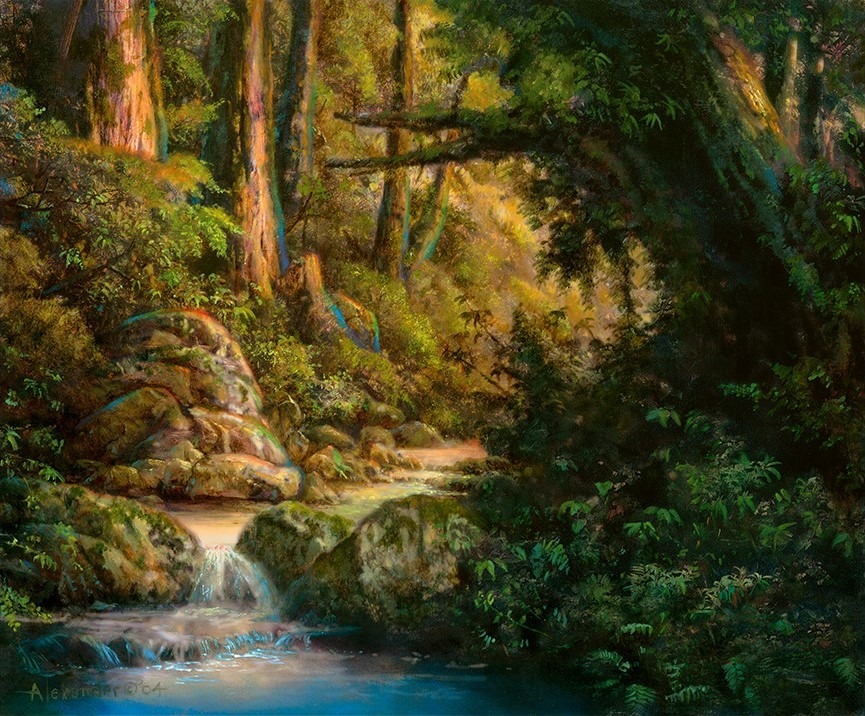
Heartbeat of Spring | Illustration by Rob Alexander
Well, that’s that. Group hug decks are definitely one of the more difficult decks to play with, but they’re very satisfying. Engaging in politics in Commander is inevitable, so why not appear as a loving, friendly player who just likes to give hugs while scheming to prepare everyone’s ruin? Try it; you’ll definitely have fun, but you might also ruin your friendships in the process.
If you want more amazing deckbuilding ideas like this, be sure to follow us on Twitter and check out the rest of of our blog.
That’s all I’ve got for you today, though. See you around!
Follow Draftsim for awesome articles and set updates: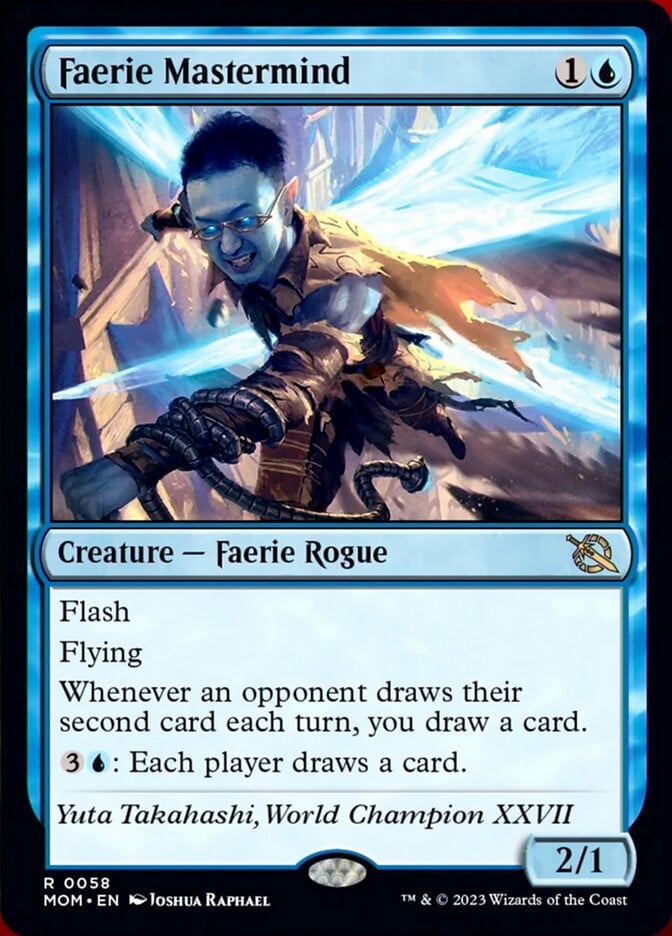
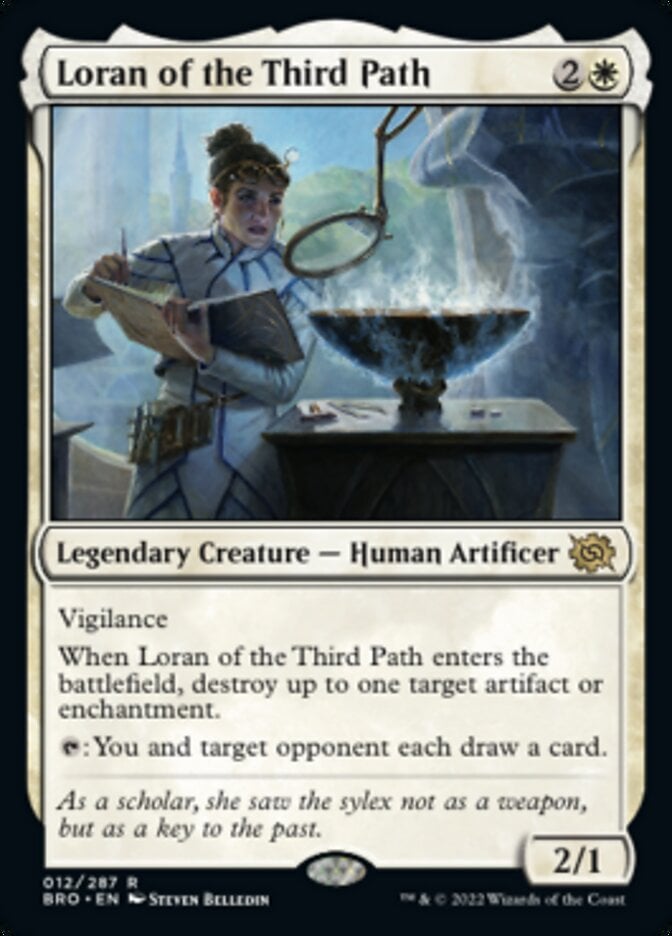
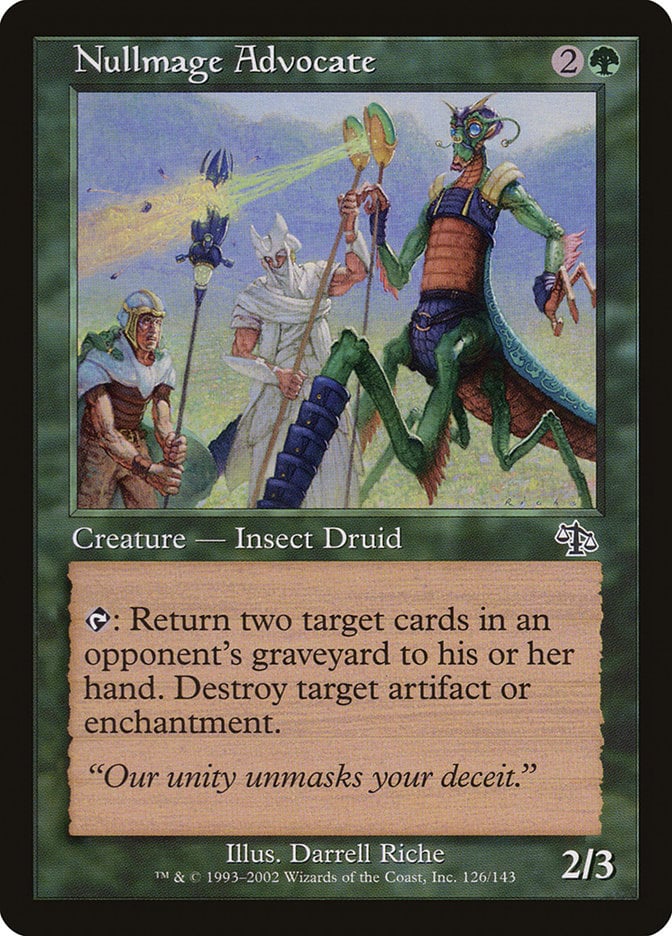
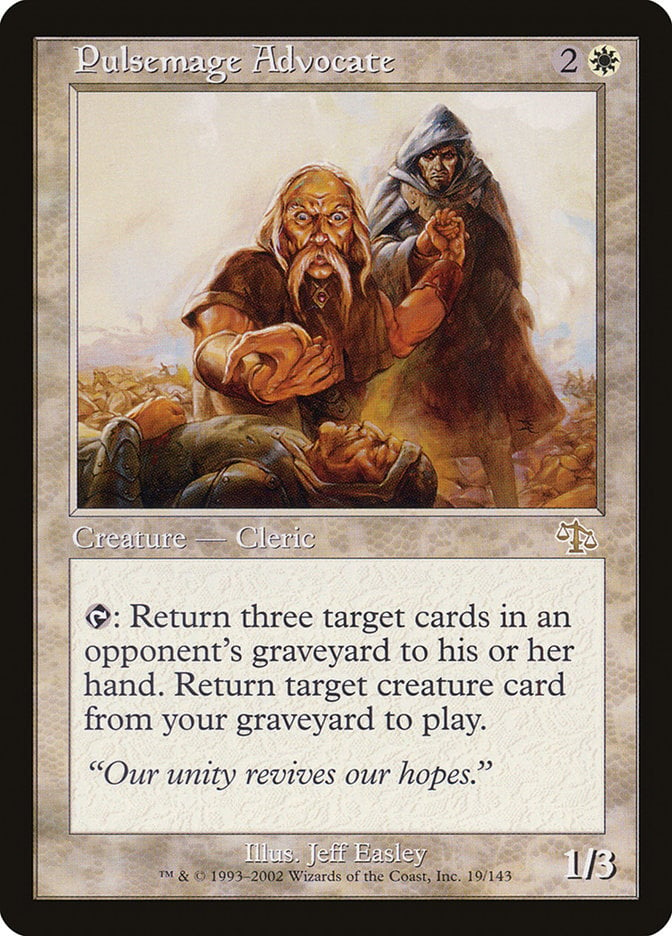
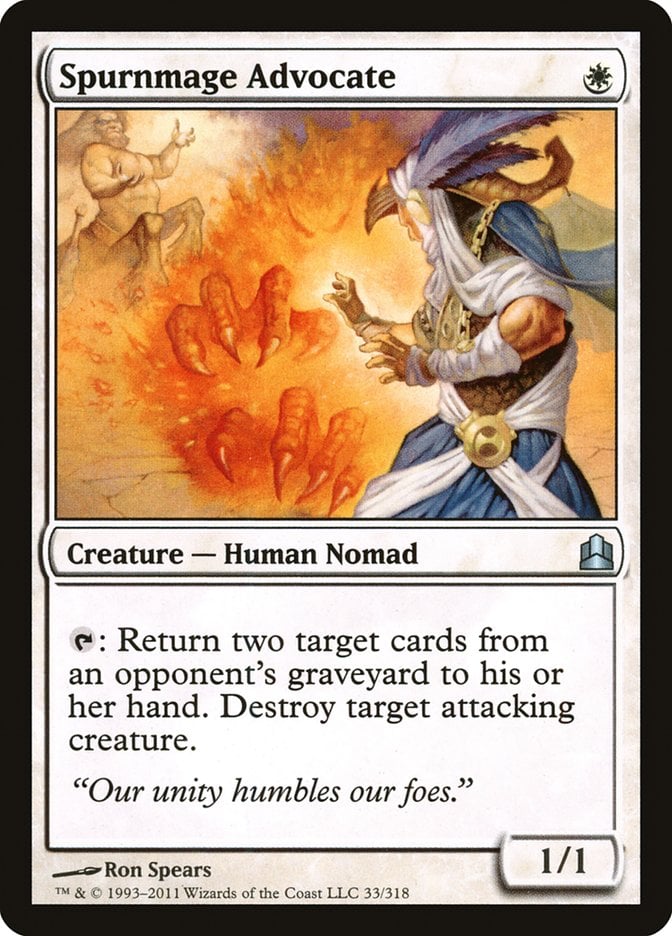
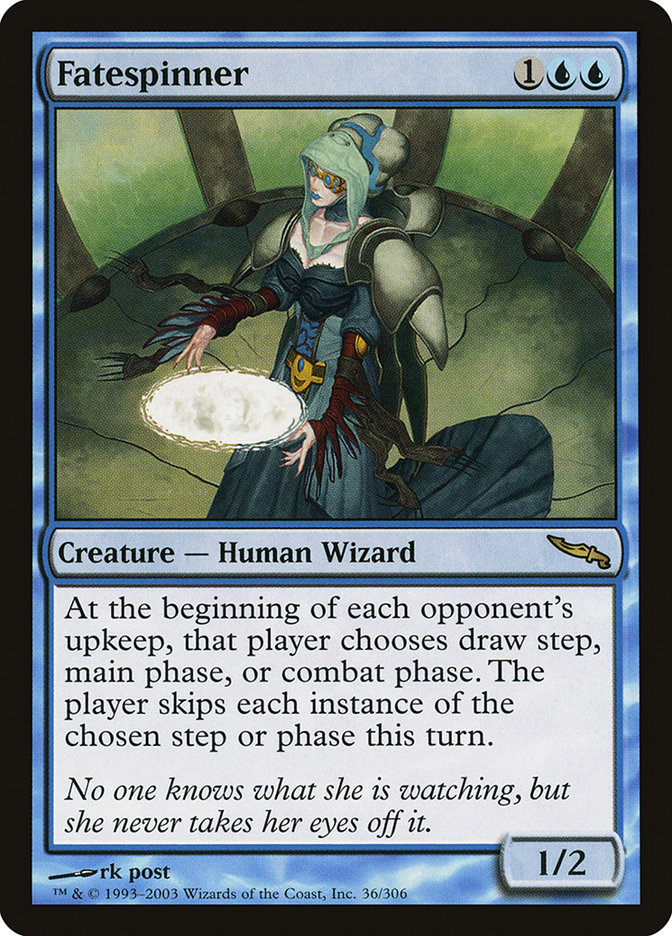
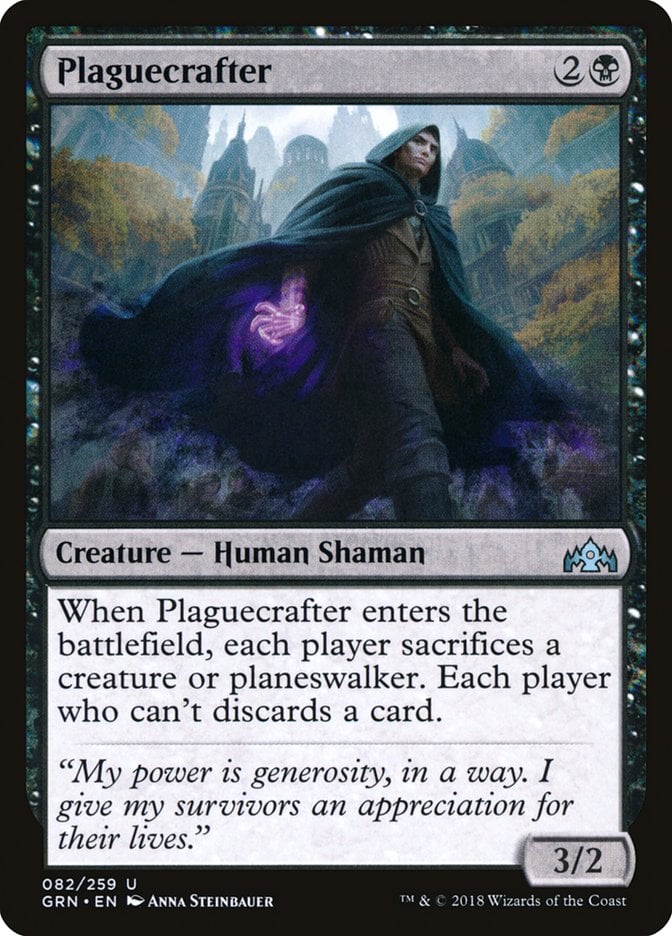
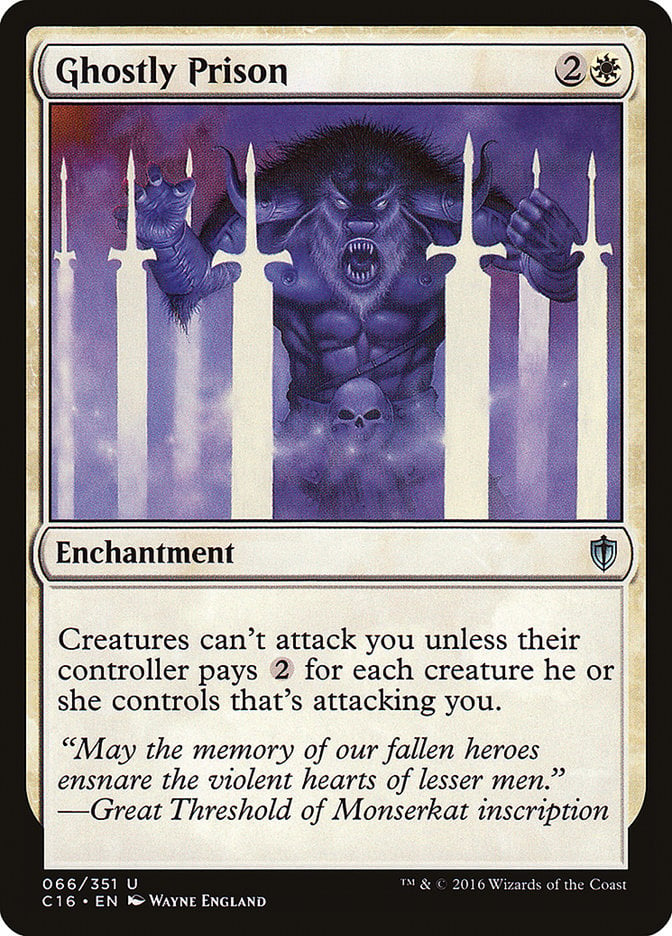
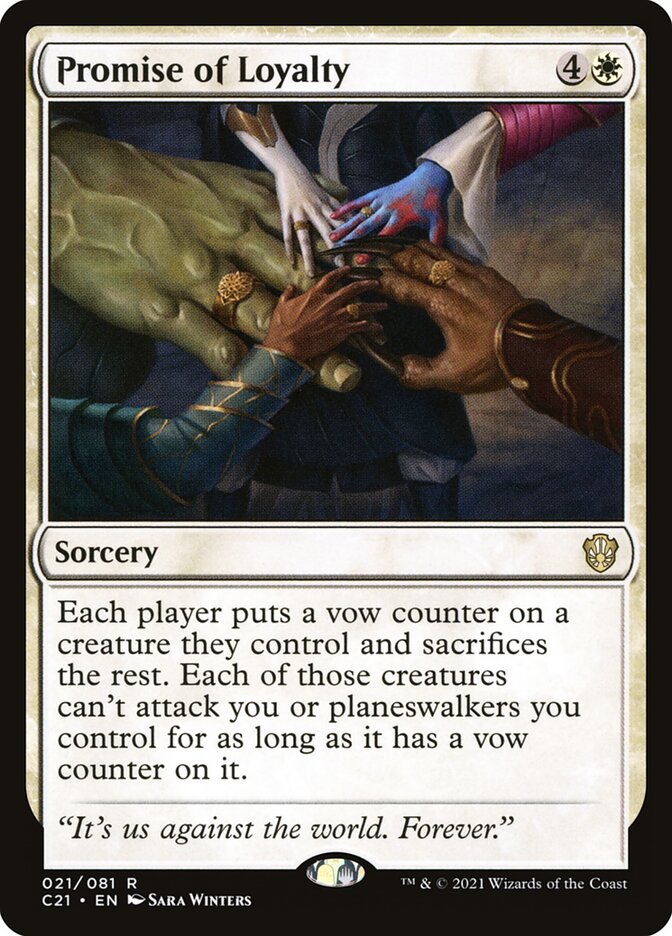
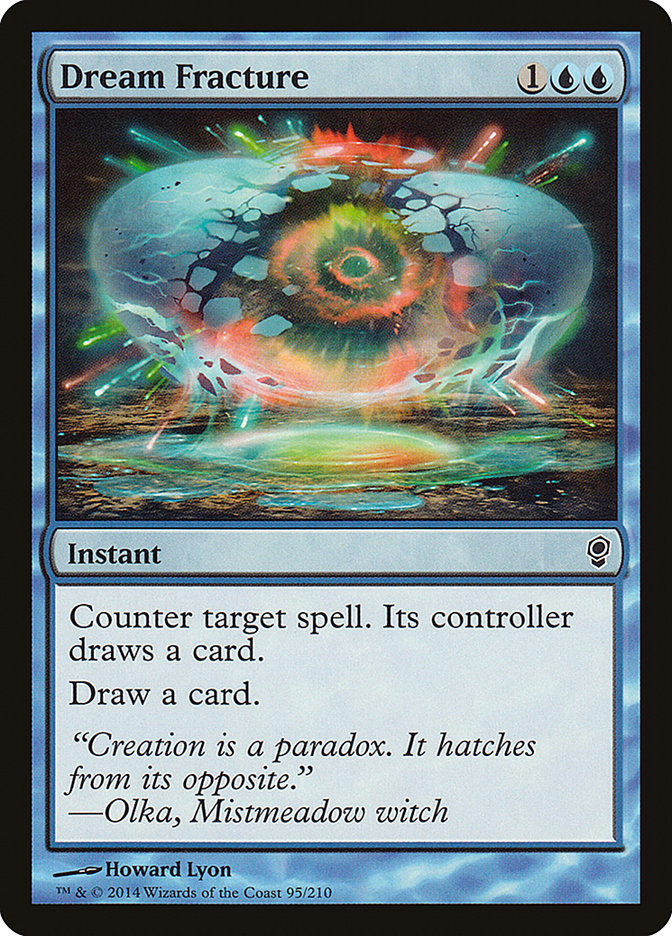
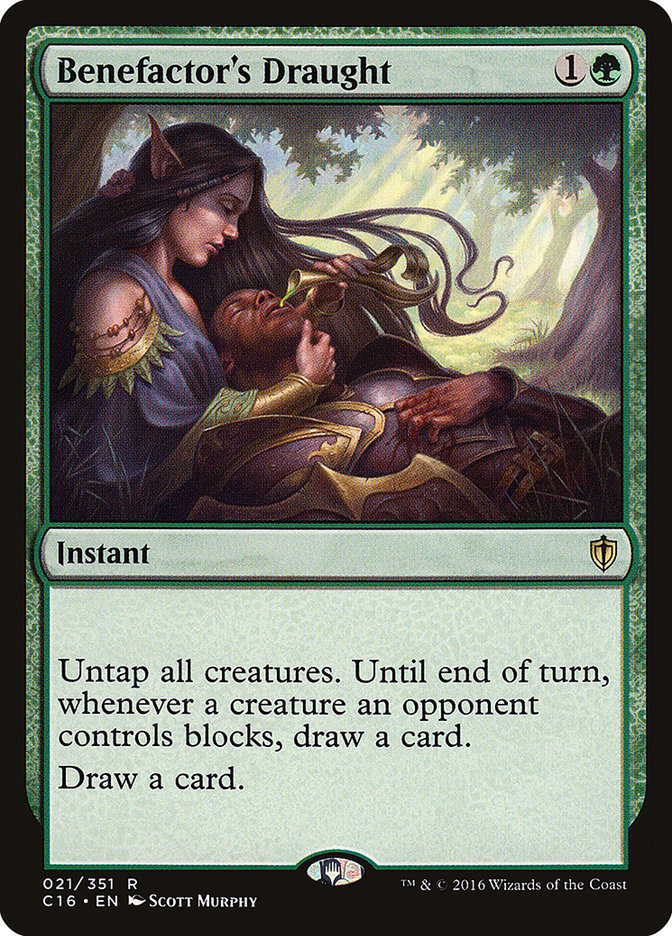
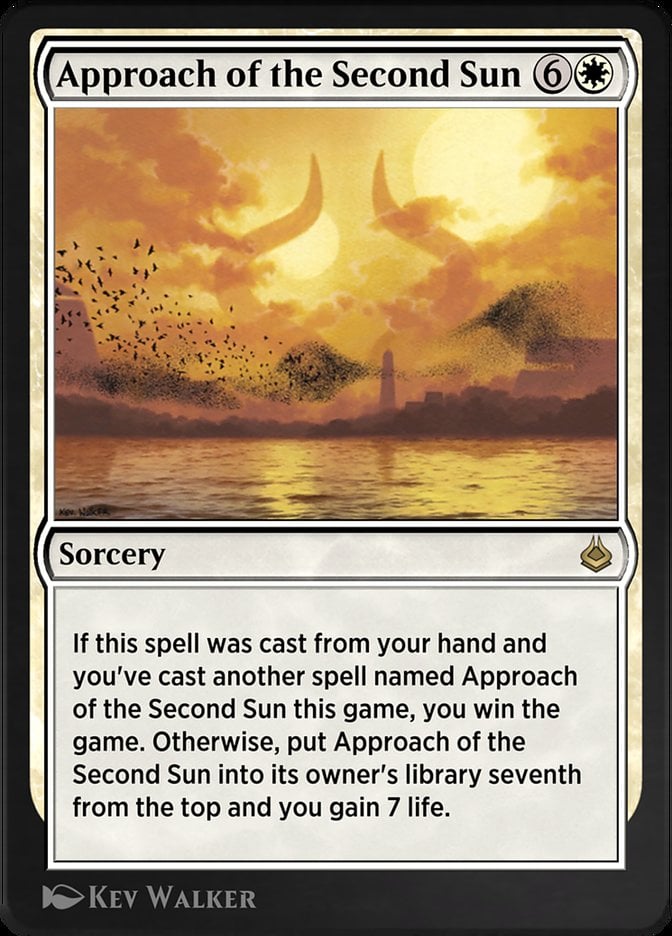
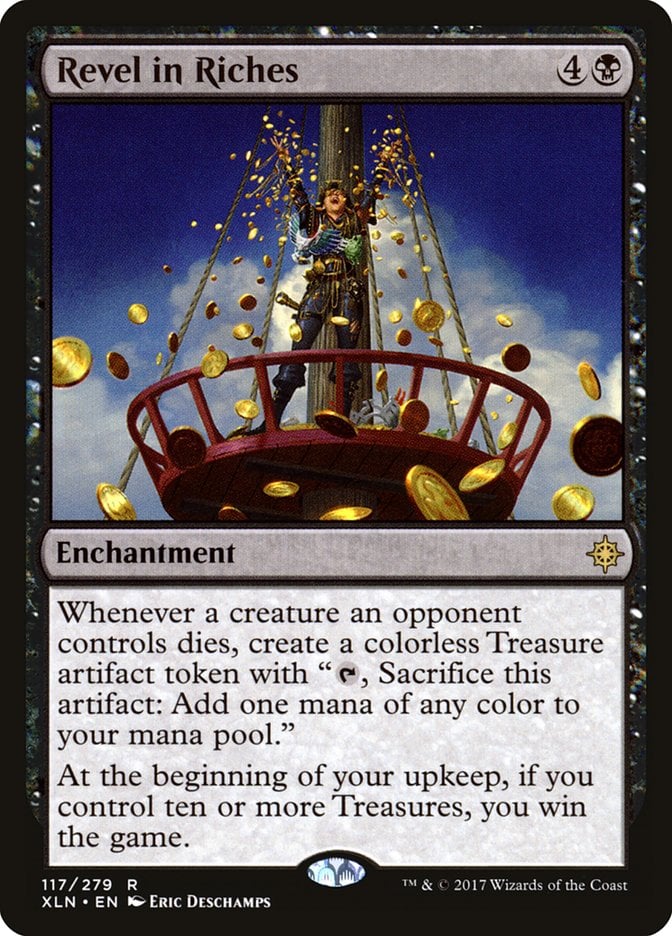
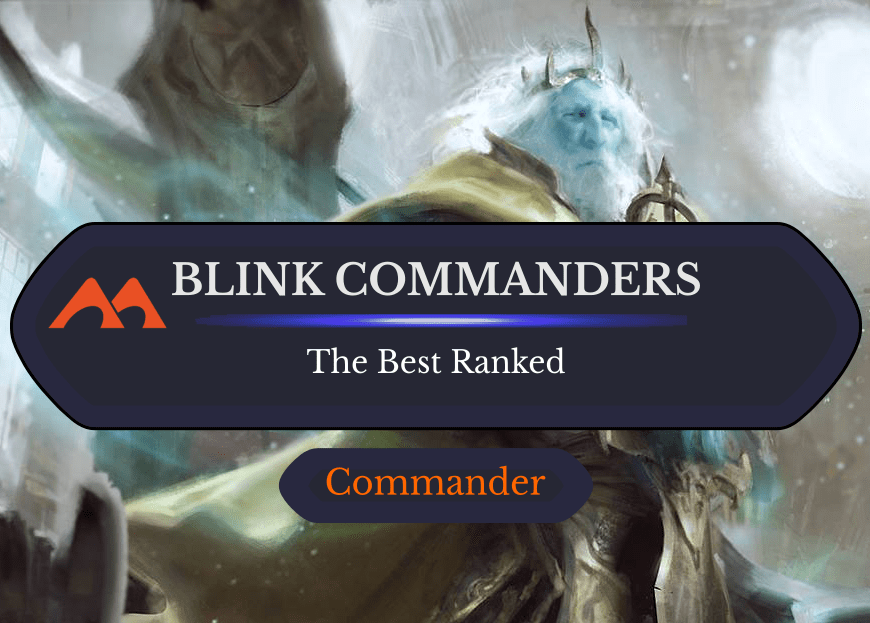
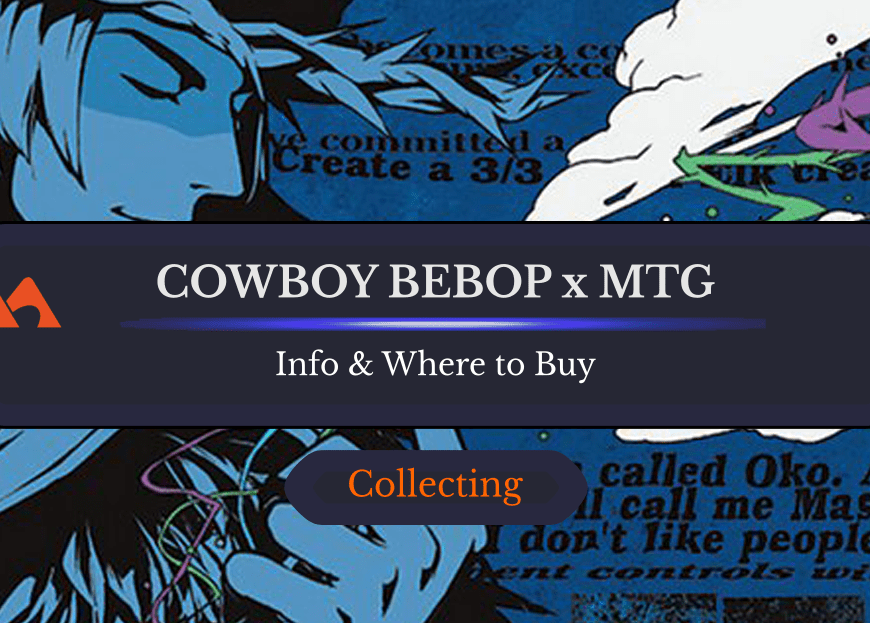
1 Comment
I really liked the read and I think im beginning to grasp the basics of group hug decks. However, I dont mean to point out a flaw but your math is off with your deck. You have 101 cards.
Add Comment